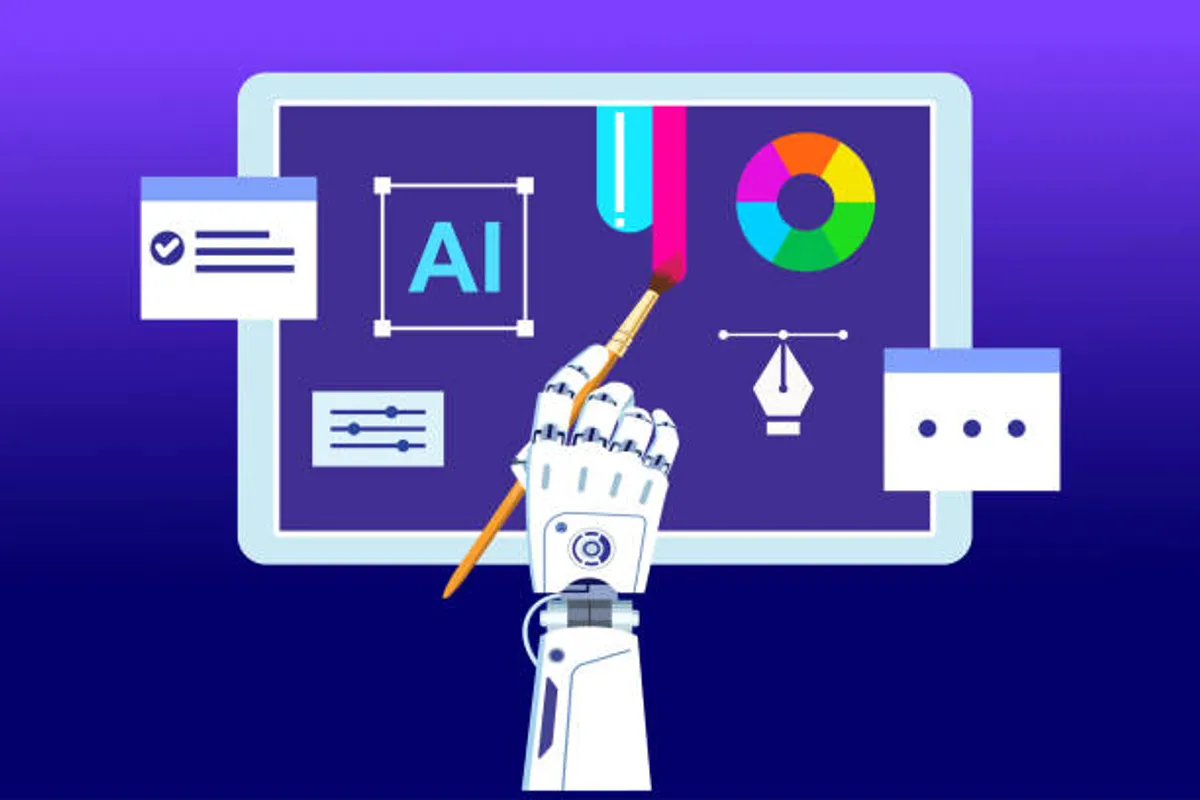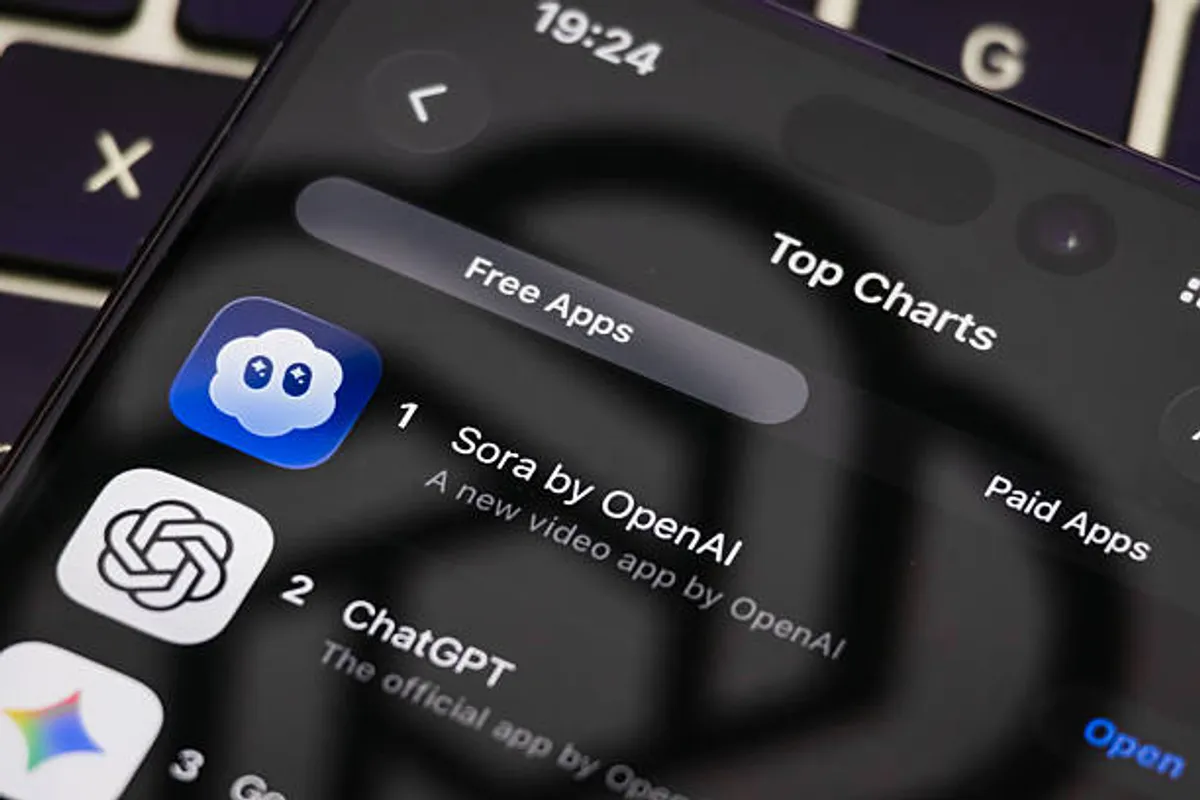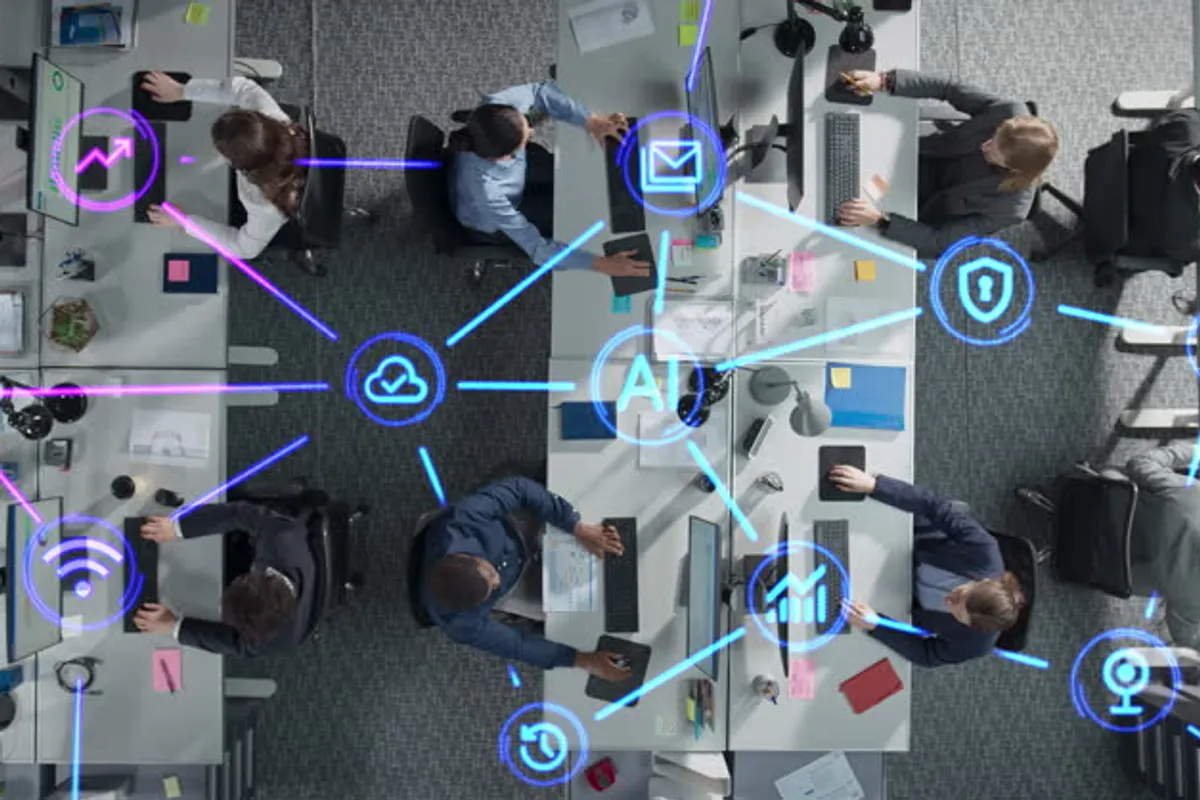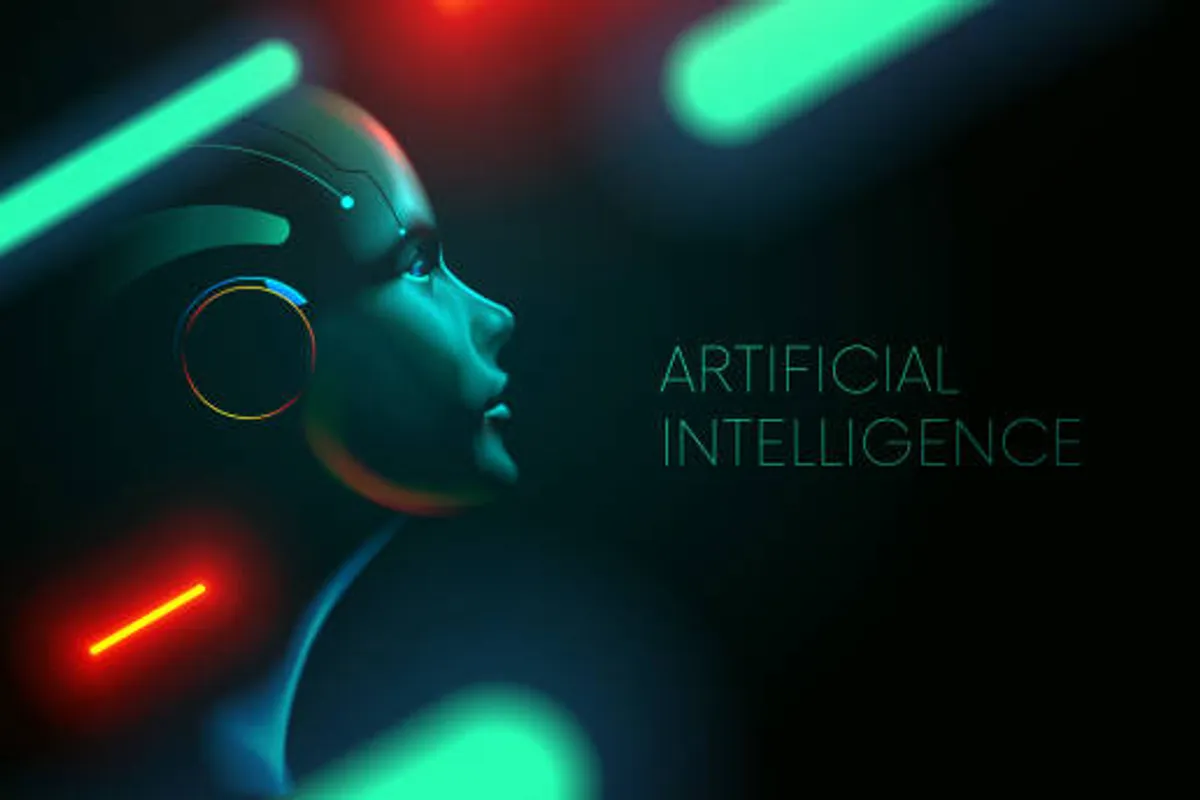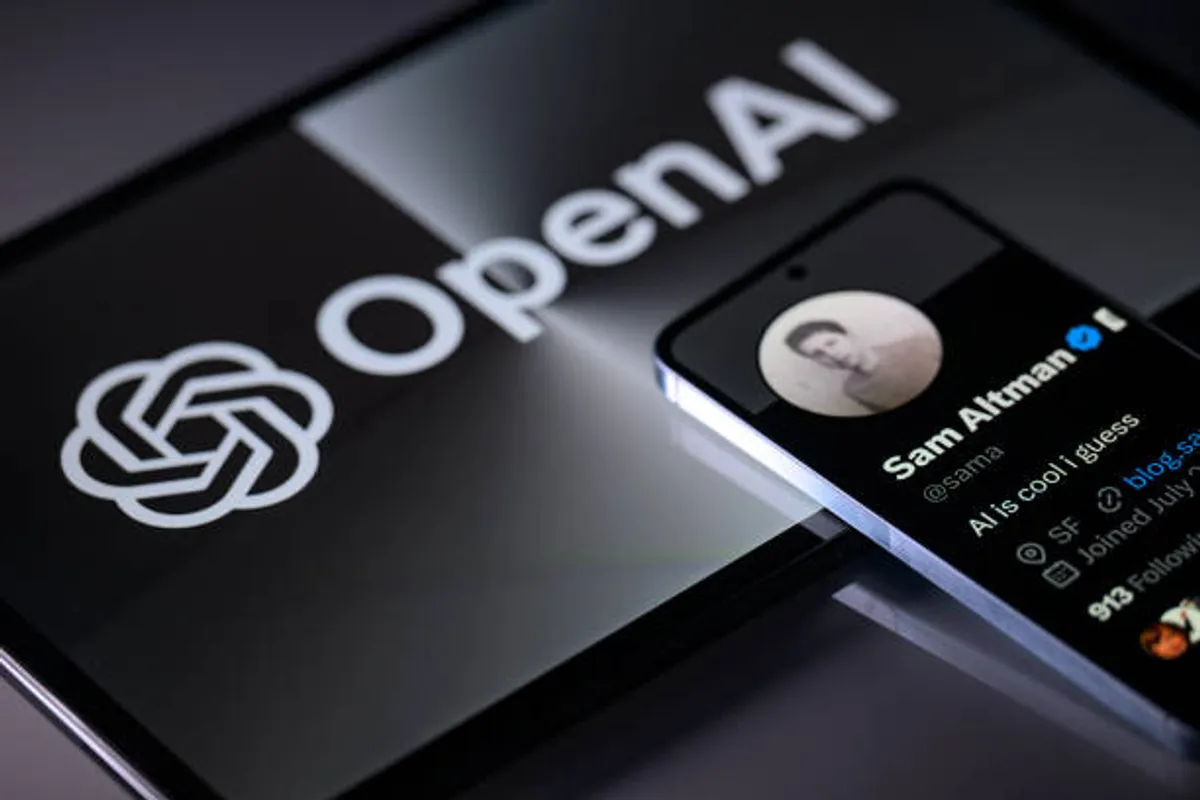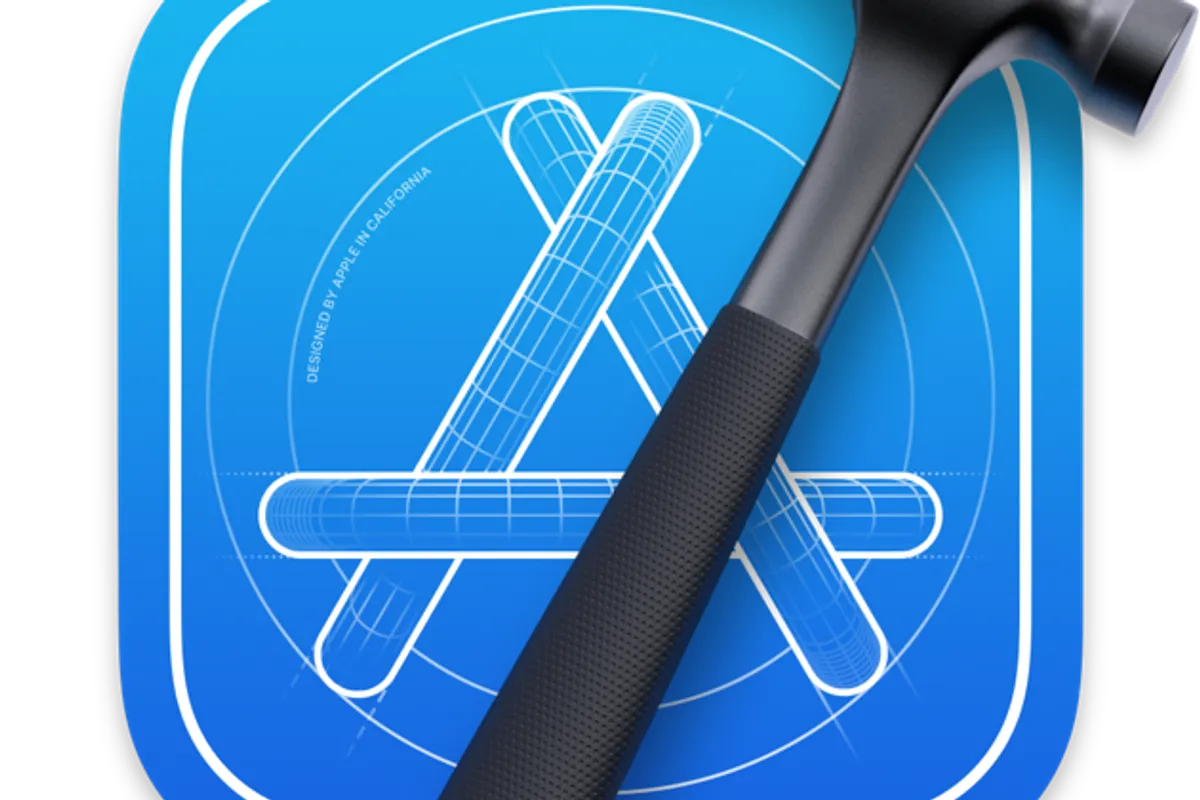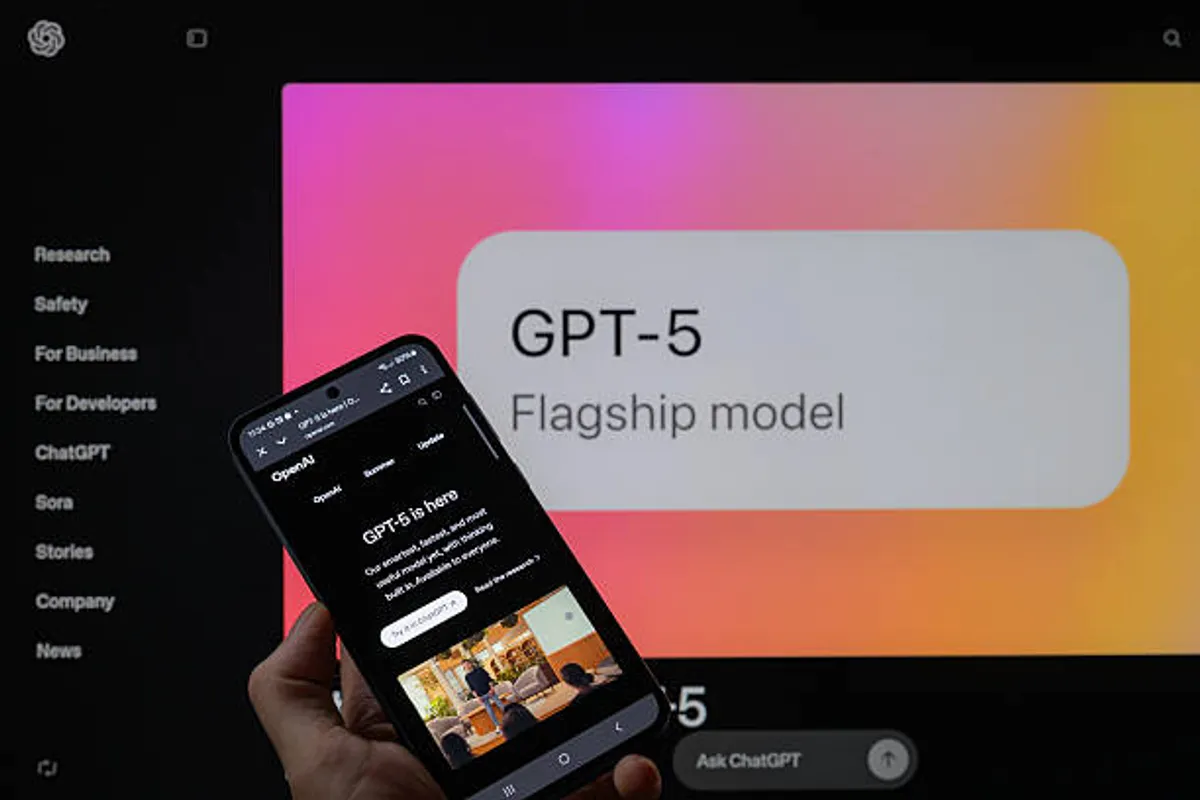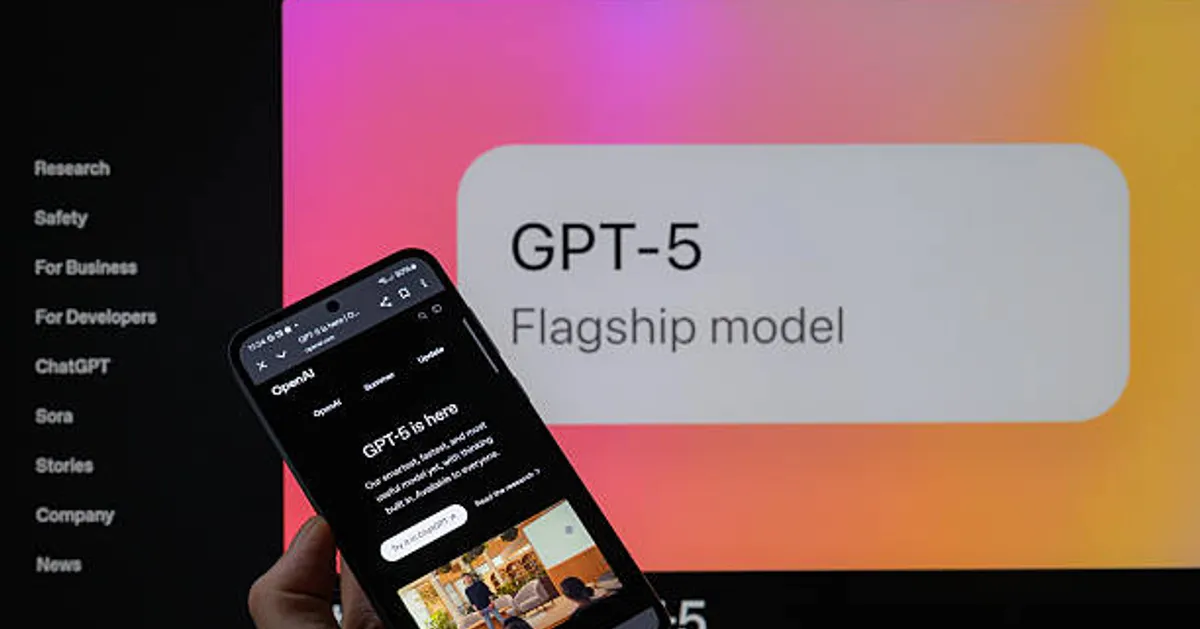
ChatGPT’s ‘PhD-Level’ Claims Questioned as It Struggles with Basic Map Labeling

GeokHub
Contributing Writer
OpenAI’s latest ChatGPT model, touted as having “PhD-level” intelligence, has faced scrutiny after users reported it struggles with simple tasks like labeling a map. The claim, part of OpenAI’s promotion for ChatGPT-5, has sparked debate about the gap between marketed capabilities and real-world performance. This concise article examines the controversy, the map-labeling issue, and its implications for AI credibility, tailored for those following the hype around advanced AI systems.
The Issue: ChatGPT’s Map-Labeling Failures
OpenAI announced ChatGPT-5 in June 2025, boasting “PhD-level reasoning” for complex tasks like scientific analysis and coding. However, users on platforms like X have highlighted its inability to accurately label maps. For example, when prompted to identify and label U.S. states or European countries on a blank map, ChatGPT-5 misplaces labels (e.g., labeling Florida as Texas) or fails to generate visual outputs, often responding with text descriptions instead. One user, @TechBit, posted, “PhD level? It can’t even get a 5th-grade geography quiz right.” These failures contrast with expectations of advanced spatial reasoning, a skill even older models like Google’s Bard handled better.
Why It Matters
- Hype vs. Reality: OpenAI’s “PhD-level” claim sets a high bar, but map-labeling errors expose limitations in visual-spatial tasks, undermining trust.
- Task-Specific Weakness: While excelling in text-based reasoning, ChatGPT-5’s lack of integrated visual processing (unlike multimodal rivals like Google’s Gemini Ultra) limits its versatility.
- User Expectations: Professionals expecting robust AI for educational or analytical tasks may find it unreliable for basic applications.
OpenAI’s Response
OpenAI acknowledged the issue, stating that ChatGPT-5’s strengths lie in reasoning and text generation, not visual tasks like map labeling, which require specialized training. They’re reportedly integrating image-generation tools to address this, with updates planned for Q4 2025.
ChatGPT-5’s map-labeling struggles highlight a disconnect between OpenAI’s bold claims and its performance in certain domains. While it shines in complex reasoning, basic tasks like map labeling reveal gaps that competitors may exploit. Users should temper expectations and await updates to see if OpenAI bridges this divide.
